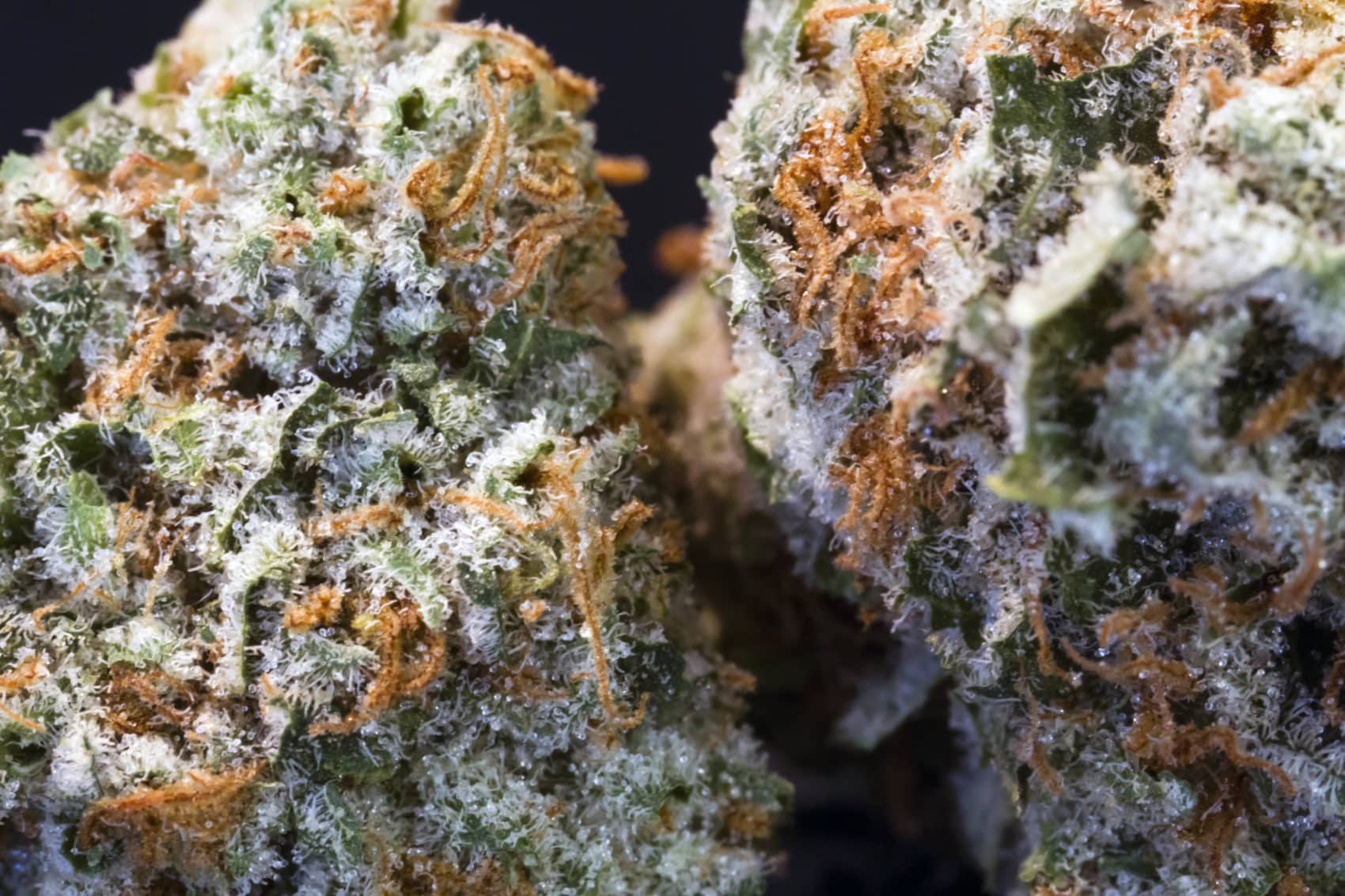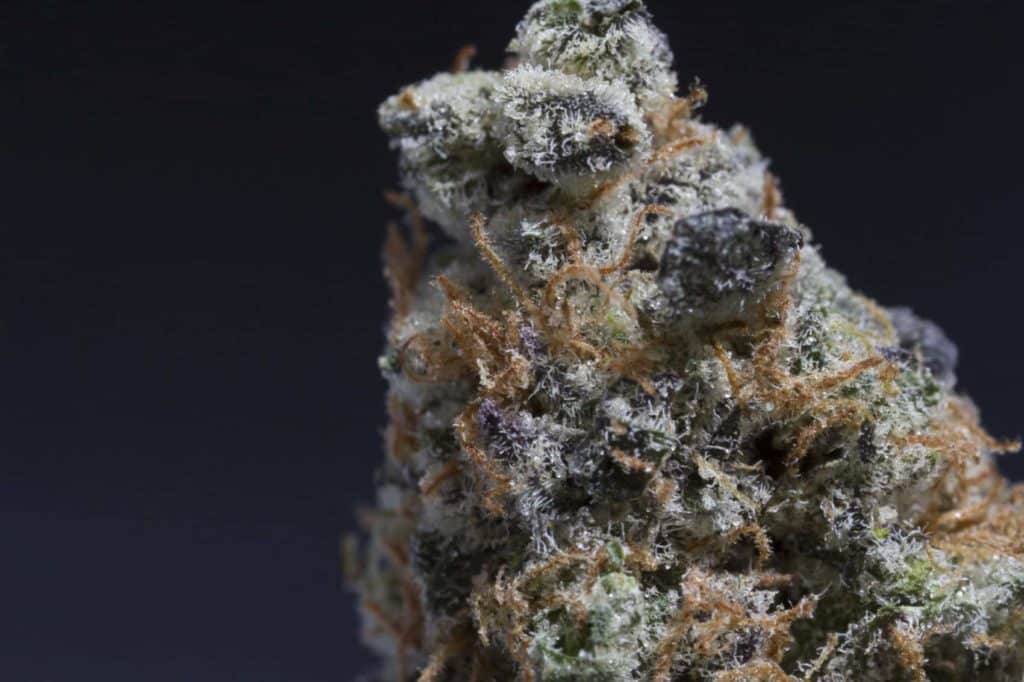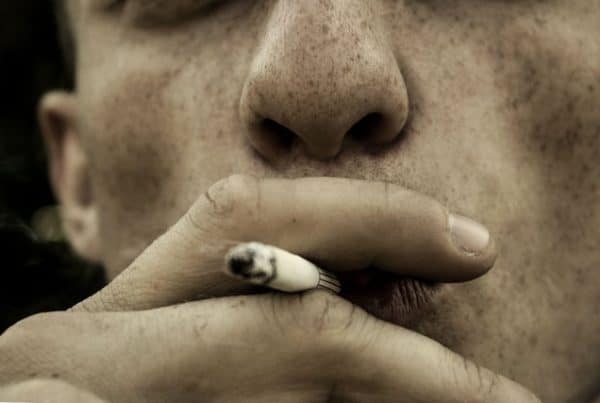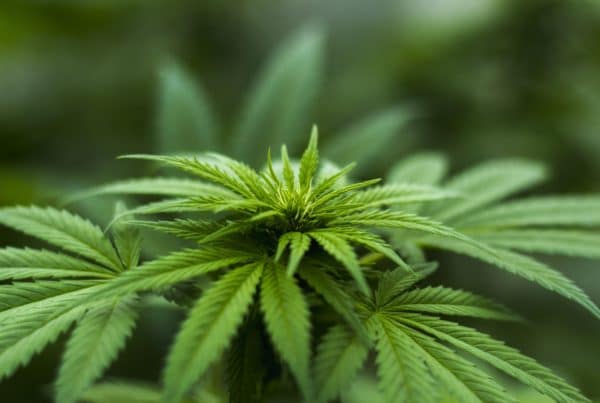Introduction
An increasing number of medical marijuana users find advantages from cannabis-infused foods known as “edibles” in treating medical conditions. Unlike smoking cannabis, edibles are introduced to the body through the gastrointestinal tract and processed by the liver before entering the bloodstream, converting the THC into the more potent cannabinoid 11-hydroxy-THC, which exudes a stronger, more sedative effect, making marijuana edibles especially suitable for patients with disorders like chronic pain or insomnia.
Patients who ingest cannabis feel effects within 45 to 90 minutes that last up to 10 hours.[1] It is important to time dosing and avoids overlap. Many people get impatient and take additional medication too soon. Producing edibles at home allows for customization, but the resulting dosage can be impossible to determine without proper testing at one’s disposal. Determine your ideal dosage by taking a small amount and waiting 90 minutes.
Potency and Taste of Marijuana
Cannabis edibles vary in potency and taste. THC is not water soluble, so it is best to prepare it with fatty or oily substances. You can infuse any fatty or oily substance with THC, from olive oil to peanut butter. THC binds to fat as the body absorbs it and the liver will process it rather than send it directly to the bloodstream. Liver processing lengthens duration to 3-12 hours, depending on user variables and dosage, compared to smoking at 1-3 hours. The rate at which one metabolizes energy has an effect on the degree of potency felt.
Keep that in mind when dosing and increase fat intake to increase THC absorption. Proper dosing requires proper medication. The ideal target dose of an edible is approximately 20 mg. However, the strength and quality of an edible are determined by the quality and quantity of the marijuana that you use. Don’t expect to improve mediocre flower product quality by altering its state.
Taste and color of the final product are determined by the amount of chlorophyll leftover from processing. Butter is in a wide array of recipes; as such it is an ingredient of choice for culinary infusions. Quality cannabutter results from slow processing. The goal is to heat the THC enough to detach from plant matter, without extracting excess chlorophyll or burning the THC off by using too much heat. Quality taste requires close attention and slow processing, making a crock-pot an ideal and easy tool for making cannabutter. Substitute a regular stockpot when a crock-pot is unavailable. The general principles and directions remain the same.
Ingredients
1 lb. butter (4 sticks)
1 oz. of quality bud or trim
½ cup of water
Tools
Crock-pot ideally (or stock pot)
Cheesecloth
Grinder
Medium to large bowl for straining that can be covered and refrigerated.
Step-By-Step Cooking Directions:
Total time: 4-8 hrs. (Be patient. May be shortened at the cost of potency and taste.)
You can reduce the recipe proportionately to accommodate smaller batches. An equivalent is to use 1 stick of butter for 7 grams of bud or trim. Water is used to prevent burning and does not necessarily require adjustment as you will ultimately strain it from the final product.
Slice each butter stick into 1-tablespoon cubes to improve melting consistency. The lines around the wrapper indicate this measure as a guide. Grind the bud or trim. Add all ingredients to the crockpot, ensuring that you coat the bottom with water. It may require additional water may to prevent excessive heating and loss of THC.
Set the crock-pot to its lowest setting. Keep an eye on the ingredients, stirring the butter only to improve melting consistency initially until complete. Once the ingredients have heated and melted, continue on low heat until steam begins to evaporate from the mixture. Once evaporation begins, turn off the crock-pot and allow the ingredients to cool. Timing varies upon the crock-pot used. Be patient.
Once cooled, repeat the heating process again, allowing the mixture to reach the point of evaporation for no more than a few minutes before turning it off and cooling it once more. Complete the low heating process 3 times to ensure all the THC has detached from the plant matter without evaporating away with the water.
After heating the mixture a third time, rather than cooling the ingredients together, separate the plant matter from the water and cannabutter. To do this, cover the bowl with cheesecloth, creating a strainer, and slowly pour all the ingredients over the cheesecloth, such that the water and butter fall into the bowl, while the plant matter remains on top of the cheesecloth.
Remove the cheesecloth, twist it, and drain any excess butter left within into the bowl. Cover the bowl and refrigerate it for a couple of hours. Water separates from the butter mixture at the top, which hardens upon cooling. Once hardened, the cannabutter quickly pops out. Simply scrape around the edge of the bowl and lift to remove the hardened butter on top. Only processing water is left behind, and you can divide and sort the resulting cannabutter like any other butter.
[1] http://www.marijuanagrowershq.com/how-best-to-use-medical-marijuana-smoking-vs-edibles-and-tinctures/
More Articles by Quantum 9
https://quantum9.net/making-medical-pot-brownies-looks-easy-but-it-isnt/









Great process, patience is key. However, trim is hard to come by East of the Rockies, and potent bud at volume is scarce. I need a wax recipe that won’t ruin my kitchen. Email me if you need a guinea pig, lets get to work!